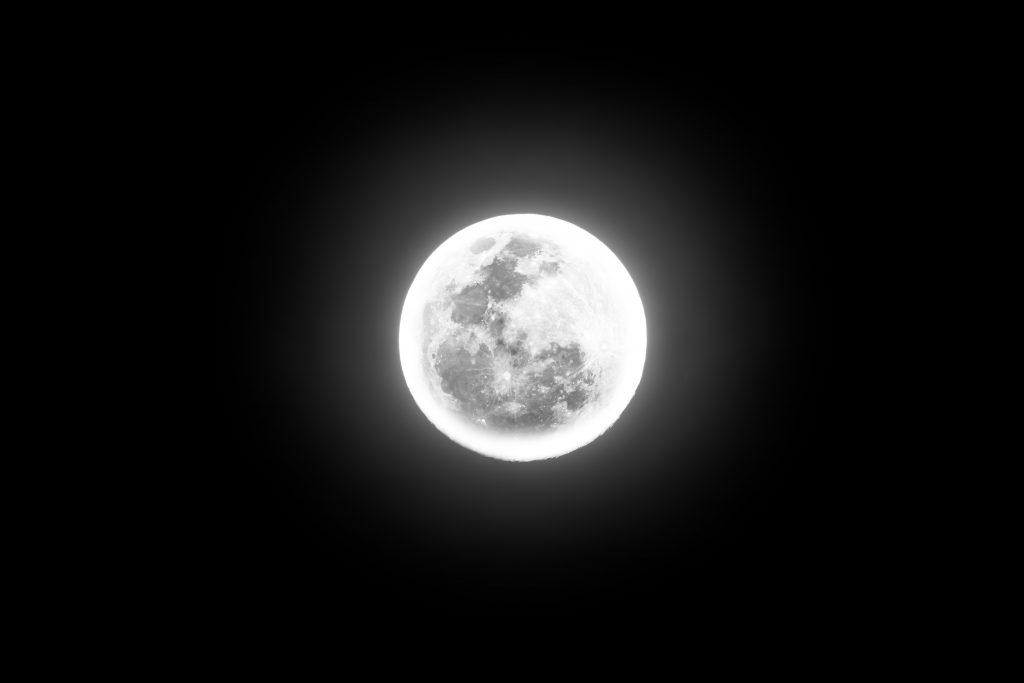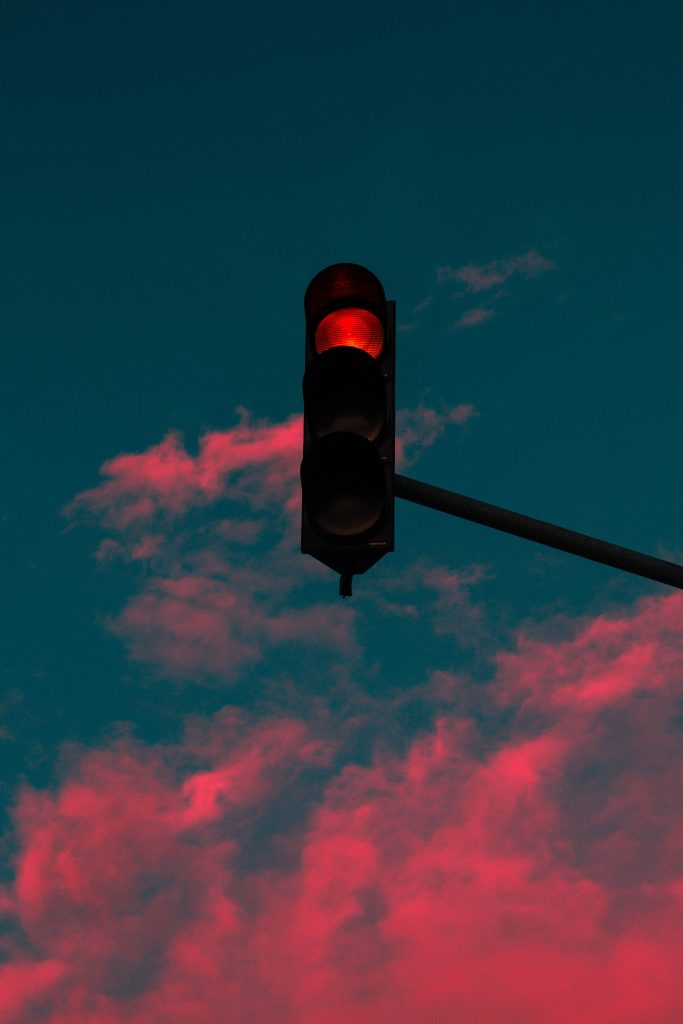Making our way back to this
Dharma Glimpse by Mat Osmond
This is a glimpse that arrived in two halves.
The first half came a few weeks ago as I was giving my daughter Zoe a driving lesson. We had the Sat Nav on, but for some reason we kept turning aside from the route it offered back to where we’d started out from. If you’ve used a Sat Nav you’ll know what happens next. The App just reorients, and begins directing you again from whatever way you’re now facing.
Sometimes a moment lingers in the memory like an odd little question mark waiting to be understood. I think this is what a ‘dharma glimpse’ means to me, but maybe koan would be nearer the mark. The Sat Nav’s patient recalibration, over and over as we failed to follow its advice, felt like one of these moments. No opinion offered – and no reproach. And where we’re making our way back to, regardless of how often we turn aside from it, hasn’t moved or changed, has it? It just happens to be in this direction now, instead of that.
The second half happened when I was praying silent nembutsu a week or so later.
At some point I must have slipped without noticing it from saying Namo Amida bu to saying Maranatha, an Aramaic version of the Prayer of the Heart which I learned from the Benedictine teacher Fr John Main, and have come back to many times over the years.
It must have been a good ten minutes before I even realised what had happened , and when I did, it seemed oddly funny. As if for once I’d been accidentally honest with Amida, and with myself. As if, the most honest way I could say nembutsu was in fact to forget the correct words, to muddle them up and get them wrong.
This isn’t about advocating a mix-and-match approach to prayer though. Trying to find the right blend sounds quite … tiring. It smells of calculating mind to me – which is to say, mixing and matching different approaches until I finally hit on the right formula basically leaves this whole finding the way home business up to me. Like I said, tiring.
But whatever it means to open the defended heart to measureless, un-measuring Life, I suppose coming to Amida ‘just as I am’ has to include, then, this curious inability to settle on a given name.
If I were to call myself a Pureland Buddhist it would be in exactly this sense, I think. After decades of putting on one form of prayer after another like so many borrowed shirts, it seems I’ve failed at even this simplest of bombu practices: calling the name. And it’s right here in this obscure inability to settle that Amida finds me as I am, irrespective of how often I veer off one way or another.
I’ve no idea what comes next, to be honest – but maybe that’s not such a bad thing. Maybe that’s the point.
To be continued. Namo Amida bu.


